It all gravitates around a story, a term that in 1999 was not so overused as it is today. It’s the tale that has led Cesare Chichi and Stefano Maestri – founders of 967arch – to courageously and lucidly suggest a different key of interpretation of architecture, not just as a necessary container, but as a true value.
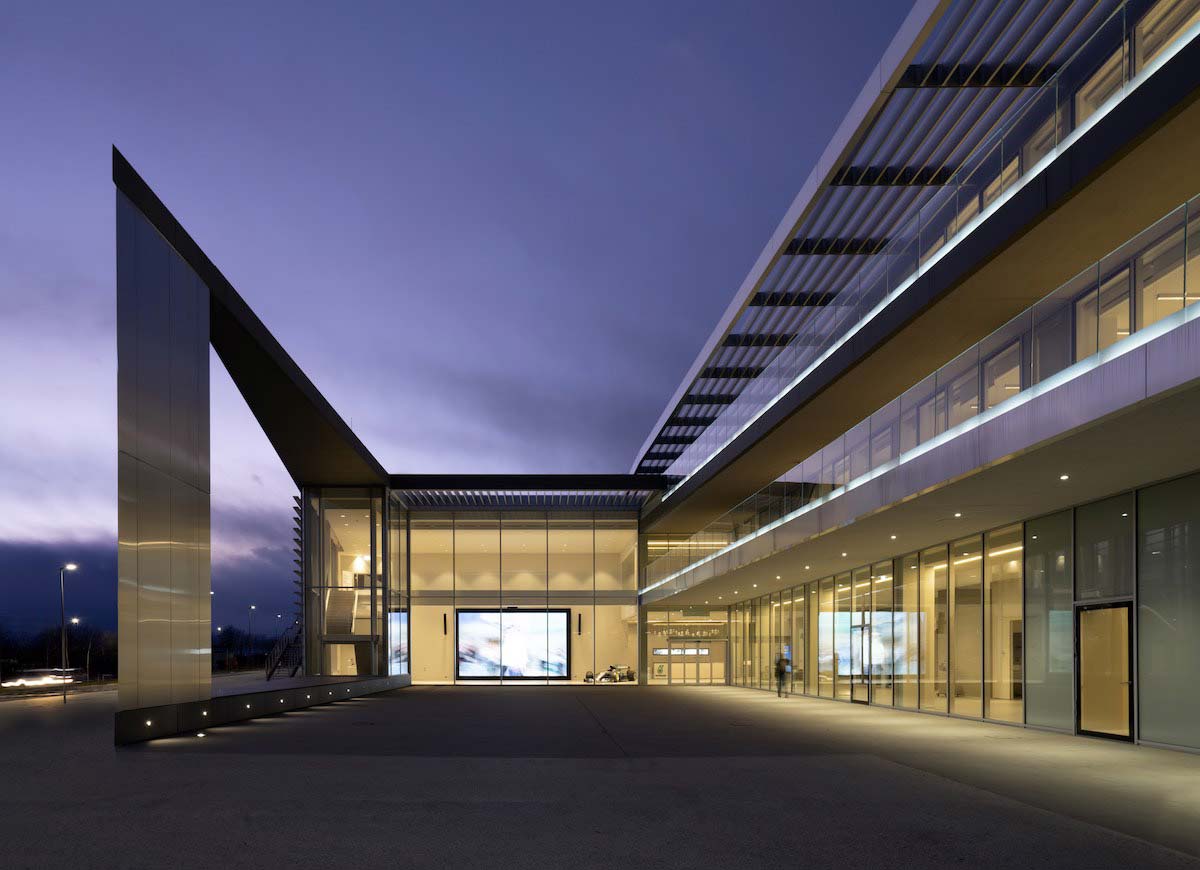
You work in a crowded sector: why have big clients like Google, HP or Petronas selected you from the throng? Or, if there were competitions, how do you explain your victories?
The three commissions mentioned came after international invitational competitions. At the time we were working with Selenia, which had been acquired in the meantime by Petronas, a Malaysian multinational that has always focused on energy, but has also entered the field of motorsports, also as a technological partner. Which led to the need to have their own research center. Our contact inside Selenia suggested that the board invite us too. The classic sliding door: though we arrived when the bidding was already underway, they got us involved. We won the contest, also taking the risk of inserting the architecture as well, which was not normal for that type of usage context. We spoke only with the technicians, who had to make the facility and the testing cells function, and were not concerned about the architecture.
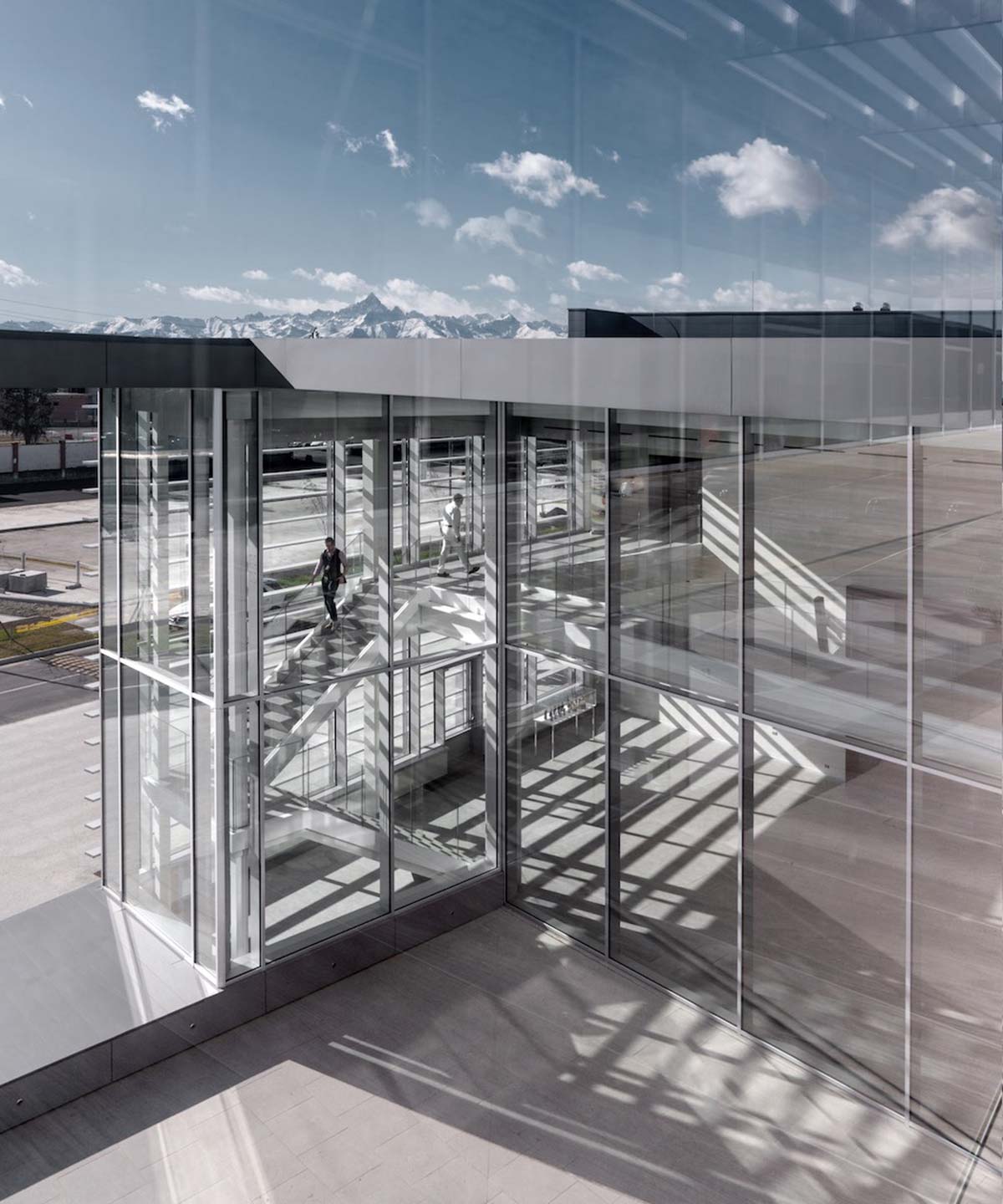
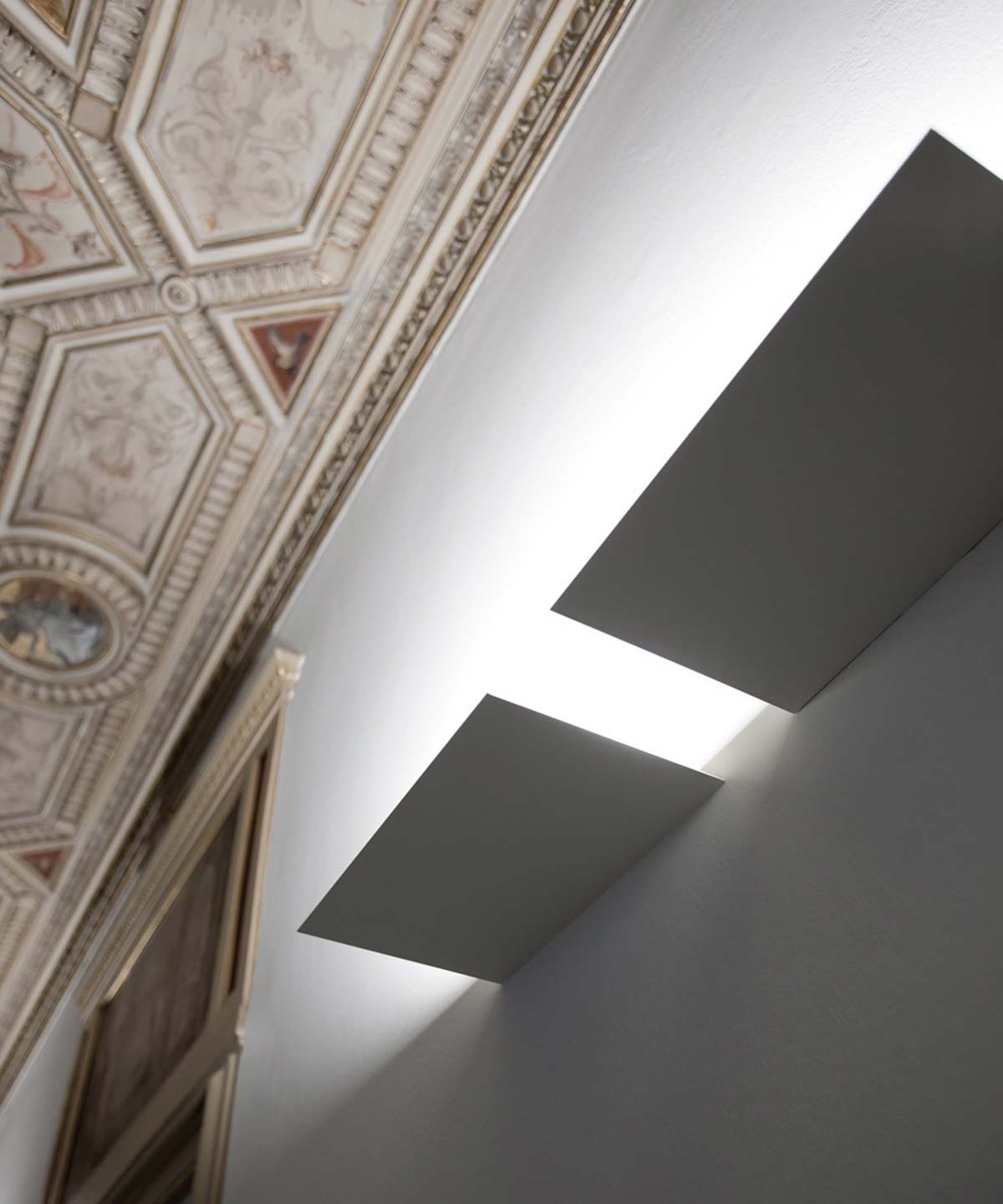
Then the marketing division of Petronas understood the potential of the project in terms of communication, and at that point the architecture took over from the engineering. The new research center has been used for spectacular presentations of cars and motorcycles, and it has become a true landmark. From Petronas on, we have always tried to insert some storytelling, to communicate the corporate culture of the client. Word of mouth has done the rest: Piaggio arrived after a visit at Petronas, Campari came to us via Amplifon, Campari via the HR manager of Saint Laurent, and so on.
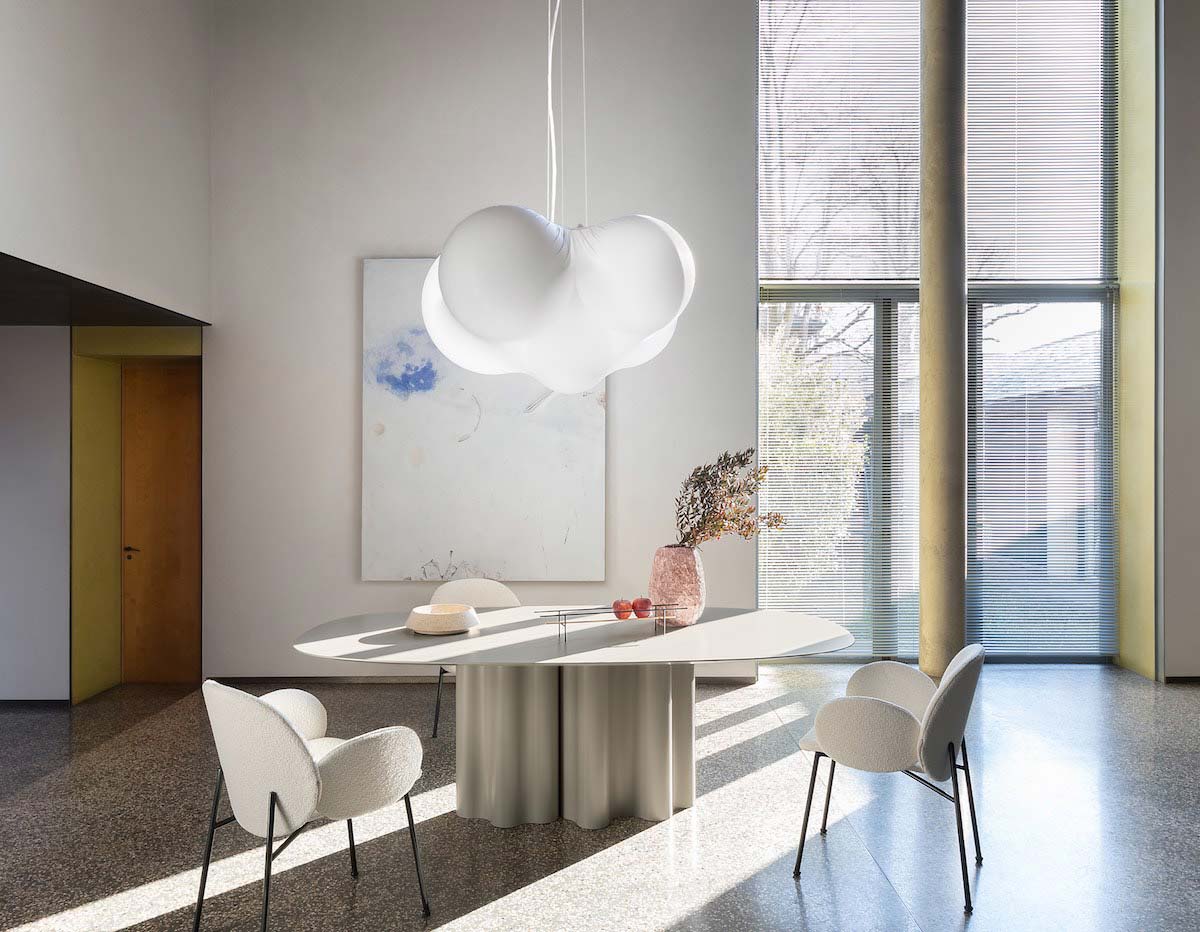
Is the Google project the one that really boosted things?
Google (a competition involving seven international studios) was a success for us, once again, due to the storytelling aspect. The brief said not to replicate existing facilities, and there was a need to bring out the Italian side of Google: a six-story building, each level different from the others. We decided to represent Made in Italy by putting a different value on each floor: fashion, food, art, culture, sport, cinema, etc. The real problem with Google was that the company, in its spaces, was interpreted with a playful approach. The design risk was to fall into the trap of banality and the picturesque.
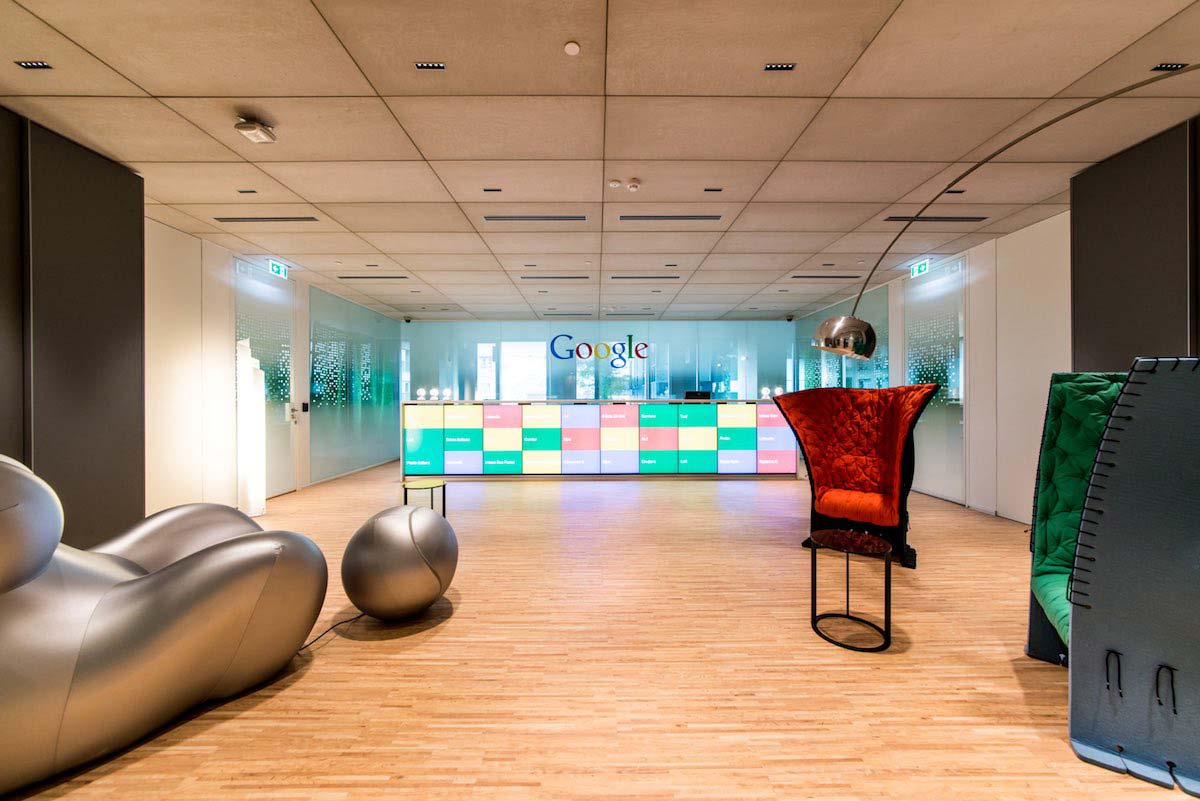
They spend their time on calls or welcoming visitors, so we thought about creating unusual areas that would boost interest and surprise in others, prompting people to ask questions, as if they are searching Google. In one room we put a large image of the San Siro stadium, opposite the screen for conference calls, so for the people online it looks like the Google staffers are speaking to them from the stadium. With the same logic, we have also inserted images from films by Benigni, Paolo Villaggio and Amici Miei. This amazes people and makes them wonder who or what they are seeing.
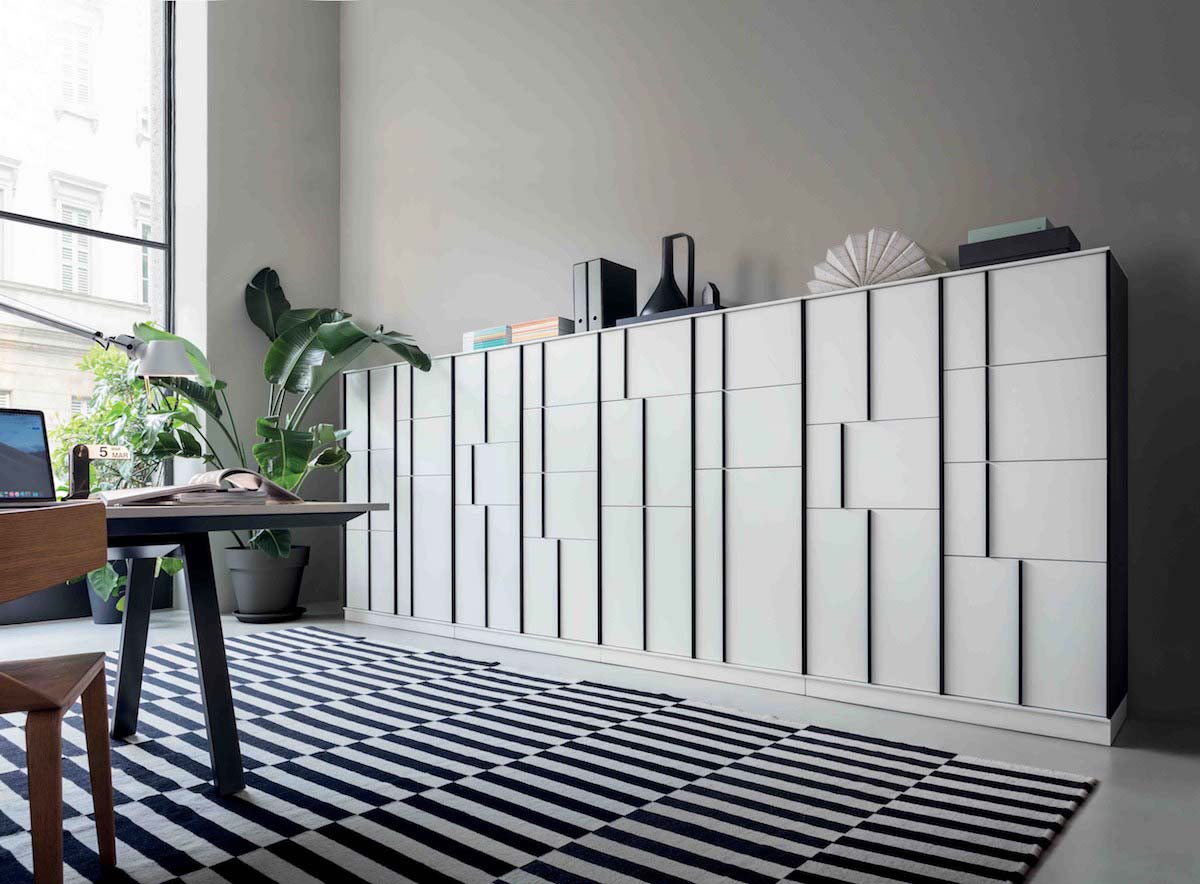
How have the requests of clients changed in the office sector in recent years?
They have changed because the professional characteristics of those who formulate the requests and construct the briefs have changed. There are different counterparts with whom to interact. When we began, we had to deal with Facility Managers, but over the years that has shifted towards those in charge of Marketing and Communication, all the way to a recent focus on Human Resources managers. Campari and Saint Laurent are the latest examples. This means that companies have started to understand the value of the quality of work, and quality of work depends to a great extent on interior design, and the services made available. This had already happened, along a different but perhaps even more visionary path, with Amplifon many years ago. It is clear that creating a beautiful place to work now has an impact on the choices of potential employees, becoming a factor in the negotiation of contracts.
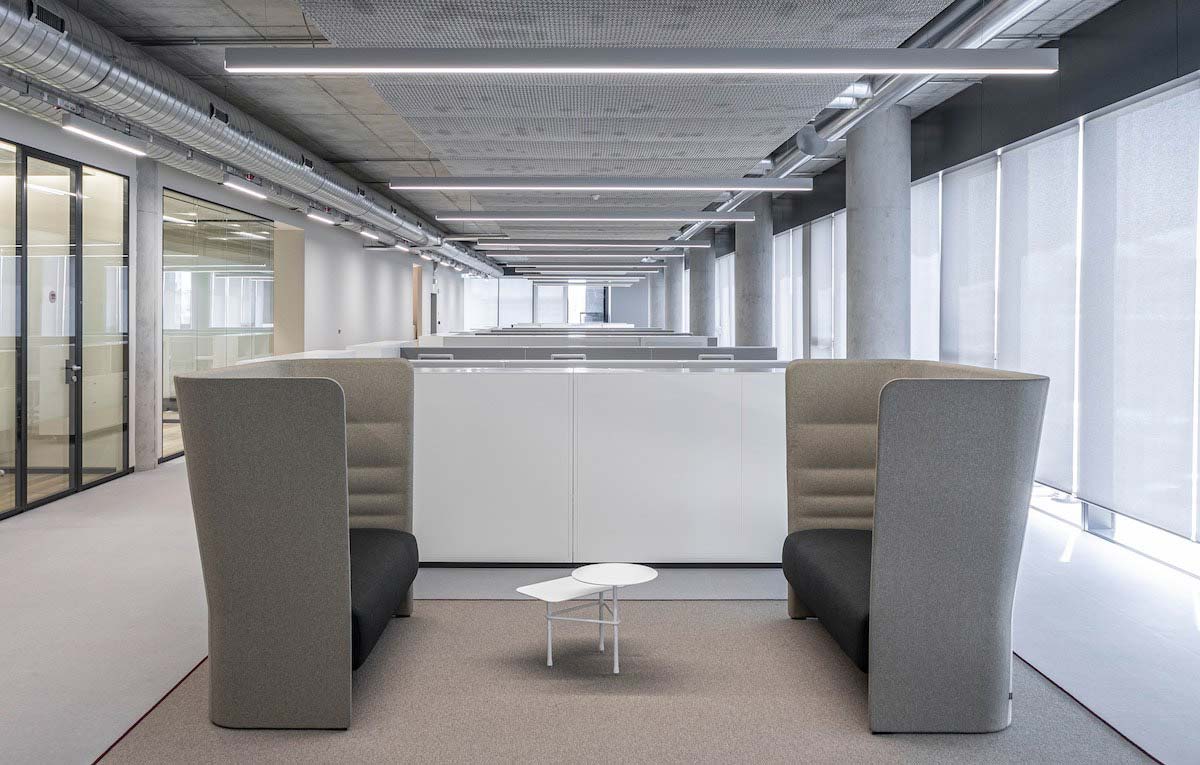
On your website you say that “design is perception,” apparently the opposite of what is usually said in this regard.
We have had the good luck to meet some great masters, particularly Vico Magistretti, for whom we remember one phrase: “If a project works, you can explain it on the phone.” Perception should be understood as intuition, moving towards something that has yet to be explored, or a possible trend on the way, but it should always be easy to explain. Magistretti also said: “Right after the intuition there has to be a concept, otherwise design remains simply a stylistic exercise.” This also sums up our thinking about design.

What is the project that has made you perceive a leap of quality, also in the estimation of the clients?
In our view, there are four projects that represent us best. First comes Google, an important step, a multifaceted project: the famous name has created visibility and activated word of mouth. Then there is undoubtedly Petronas, the first time we designed a building from scratch, and in a sector for which we had never worked. WPP, the former Richard Ginori area, a large heritage-listed property, a very complex project produced during the Covid pandemic. Amplifon, smaller than the others, but for is it was the forerunner of a way of designing that has moved forward for six years. And there is one work that probably responds best to your question: Campari. We had this perception when the CEO took park in the important meetings. A person of great culture, enviable ability and intelligence. If a person like that, accustomed to working in the world of finance, sport and entertainment, is ready to spend hours and hours at a table with you, you understand that your work is important. Campari gave us a sense of the value of the work we had done, and the validity of the path we had taken.
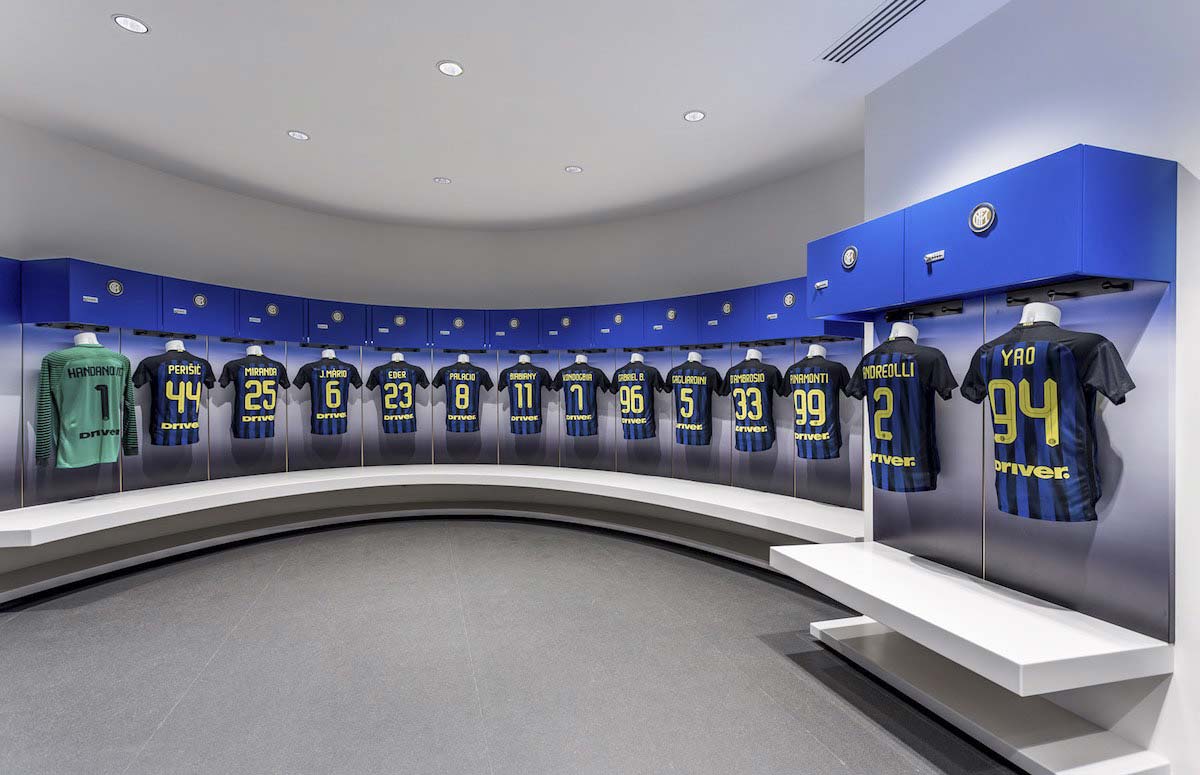
How did the collaboration with MDF Italia begin?
We began working with MDF because we were using their products, and as had happened with Davide Groppi years ago, we inserted products not originally designed for office spaces into just that type of facility. MDF Italia works above all on home furnishings, through dealers, so they saw us as a new, alternative channel. For them we designed the 20.Venti system, and when there was a change of generation in the company, the relationship progressed, especially with Marco Cassina. They split the home and contract divisions, and we have provided creative direction for the latter. It has been a rather elaborate effort. We hypothesized a building for offices that could be an entire MDF Italia world, while they have created a special site with a configuration tool. We are now doing the same thing for the hospitality sector. Aiming at the Salone.







